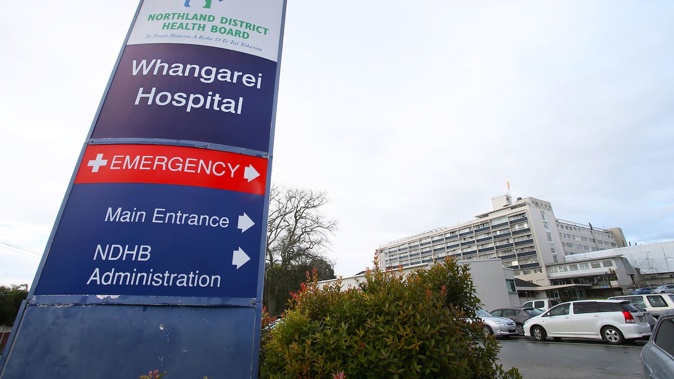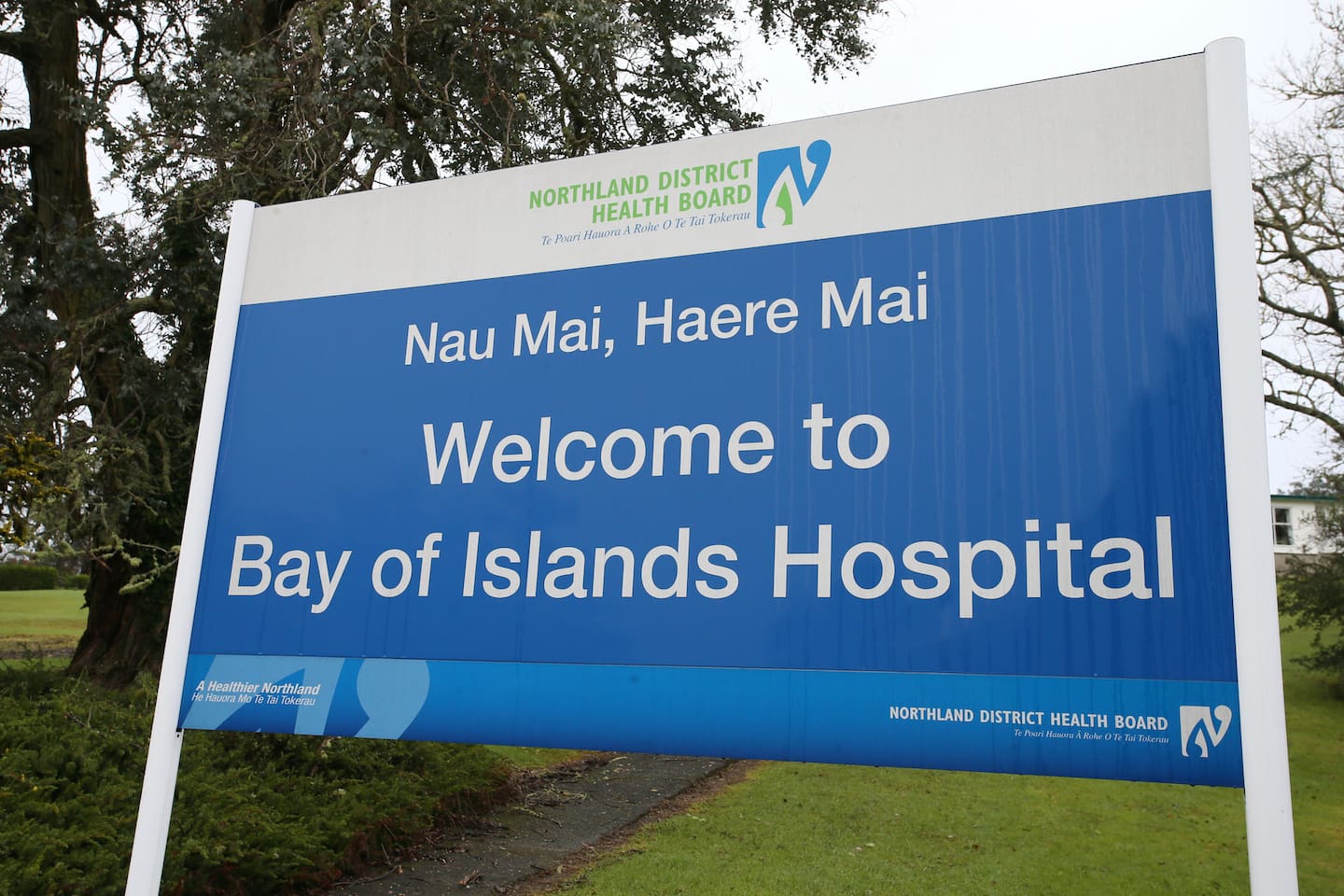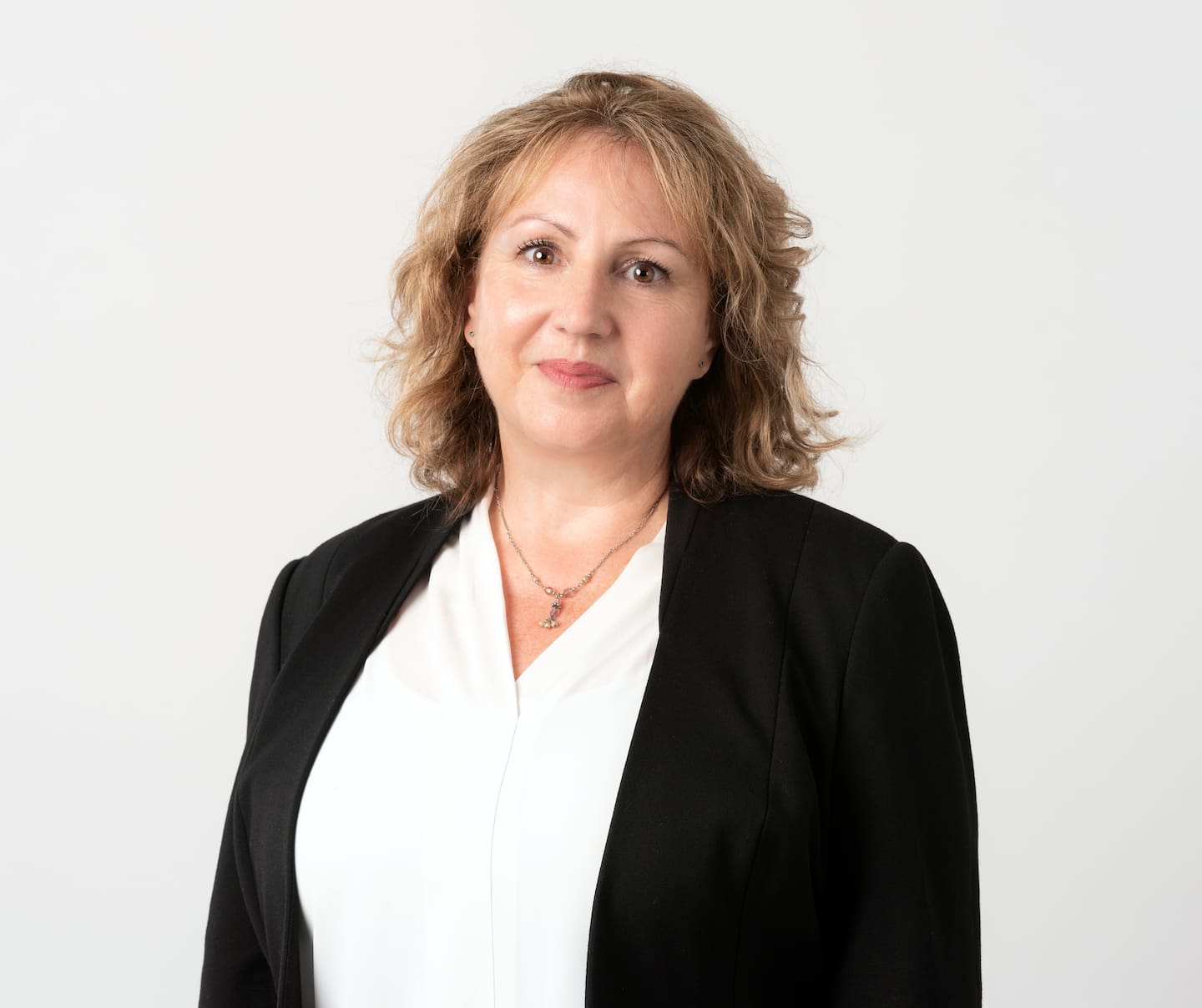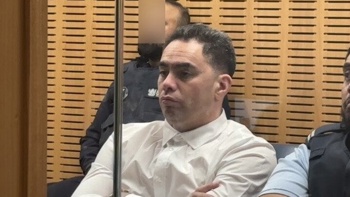
Five years of bleeding, nine appointments, three different hospitals, five different consultants and zero scans have resulted in one tragic outcome for a Northland whānau - the death of a mother diagnosed with stage four cancer that was too late to cure.
Now, the Health and Disability Commissioner (HDC) has held Te Whatu Ora Te Tai Tokerau directly responsible for breaching the woman’s rights, citing systemic failures that resulted in missed opportunities for timely intervention.
“The missed opportunities to provide this information are attributable to multiple clinicians, and signify a failure at an organisational level, for which Te Whatu Ora Te Tai Tokerau is responsible,” Deputy Commissioner Dr Vanessa Caldwell said in a decision released today.
“At the outset, I offer my sincere condolences to Mrs A’s whānau for their loss. I acknowledge that this matter continues to cause them significant distress, and I thank them for bringing their complaint to this office.”
The saga began in 1999 when an ultrasound revealed a large fibroid in Mrs A’s uterus which was left with no follow-up.
In July 2014, after experiencing post-menopausal bleeding, Mrs A, a woman in her 50s who lived in rural Northland but was not named in the decision, was referred to Te Whatu Ora Te Tai Tokerau (Twottt) Gynaecology Department in Whangārei.
Despite a series of polyp tests indicating no malignancy no imagery tests were performed and Dr F concluded by writing to Mrs A that she see her GP if bleeding persisted.
By early 2015, Mrs A’s care continued to lack thoroughness despite persistent bleeding.
Hysteroscopy and curettage procedures were performed at Whangārei Hospital, revealing benign polyps, yet the significant fibroid was not addressed even though her discharge notes stated “she did not feel well”.
Her condition stabilised briefly in mid-2016 but by January 2018, the bleeding returned.
A third referral by her GP, with a note attached saying “suspicion of cancer”, was made to the gynaecology department and despite another round of tests and minor procedures such as a smear test, the critical underlying issues were still not explored.
In late 2018, as Mrs A continued to experience significant bleeding, the healthcare providers’ approach remained inadequate.
Dr E and a senior house officer performed a hysteroscopy and curettage on Mrs A, during which they identified the large polyp resembling a fibroid filling most of her womb cavity and sent samples for testing.
On October 19, 2018, a consultant obstetrician and gynaecologist informed Mrs A that the tissue removed showed a benign polyp and a large fibroid polyp, suggesting that removing the smaller one might not alleviate her bleeding.
However, they did not discuss the option of hysterectomy and bilateral salpingo-oophorectomy (surgery to remove the ovaries and fallopian tubes).
In November 2018, during a follow-up appointment, the possibility of a hysterectomy was briefly discussed and Mrs A was discharged from the NDHB Gynaecology Department with instructions to contact her GP if bleeding recurred.
In 2019, a fifth referral was made as her condition worsened and she was finally placed on a waiting list for surgery.

However, routine blood tests and a subsequent emergency department visit unveiled a large pelvic mass, highly suspicious of ovarian cancer.
A CT (computed tomography) scan and MRI (magnetic resonance imaging) were finally performed in Whangārei confirming stage four cancer with extensive spread.
By this stage, her condition had deteriorated, halting chemotherapy plans, and she died in hospice care.
Complaints were made by the whānau and an investigation was launched into the care provided by the Northland DHB.
Independent gynaecologist Dr Jacquieline Smalldrige, who reviewed the file, found despite five referrals, the clinicians seemed to be excluding endometrial cancer as a cause for her bleeding.
“I acknowledge that ovarian cancer is difficult to diagnose and that Mrs A’s cancer may not have been detected earlier had other treatment or investigations been provided during this period.
“However, I am concerned about a lack of critical thinking at key points by the clinicians involved in Mrs A’s care,” she said in her report to the HDC.
Smalldridge said there were multiple missed opportunities throughout the woman’s care and she was never advised of an option to remove her uterus.
“She saw six different senior medical officers [SMOs] over the years 2014–2019. It did not seem that she was ‘owned’ by any particular specialist who was taking overall responsibility for her care.
“Each visit seemed to be looked at in isolation as an individual episode of care rather than a continuum. She was repeatedly given blood and iron infusions because of anaemia. This and the repeated referrals from the GP should have raised “red flags.”
Smalldridge emphasised the missed opportunities for timely diagnosis through further imaging, five years of symptoms and numerous interactions with Te Whatu Ora, with no concrete plan established to address her condition and surgery not being presented as a viable option.
“There has been a severe departure from the standard of care/accepted practice in this case.”

Over the five years, Mrs A had three hysteroscopies with no pelvic ultrasound. Twottt responded there were resource constraints and Mrs A did not reach the threshold for an urgent scan, which the HDC did not find acceptable.
“I consider that Mrs A should have had further imaging between 2014 and 2018 to visualise her ovaries.
“I accept that Te Whatu Ora Te Tai Tokerau had limited resources in relation to access to pelvic ultrasounds. However, the option of referring Mrs A to a different region for a pelvic ultrasound scan does not appear to have been considered, and the failure to perform an ultrasound or CT scan meant that Mrs A’s ovaries were not visualised after 1999,” Caldwell said.
The HDC also found Twottt failed to provide Mrs A with cultural support throughout the process, only offering her a takawaenga (hospital liaison) at first admission and then again at month 28, only to be discontinued when she entered palliative care.
“In my view, offering support at the start and end of care is not a culturally responsive or appropriate approach, especially given Mrs A’s long-standing engagement with the healthcare system. I therefore take this opportunity to remind Te Whatu Ora of the importance and need for the service to be culturally appropriate.”
Te Whatu Ora Te Tai Tokerau has been recommended to take several actions including providing a written apology to Mrs A’s whānau, developing a policy for managing unresolved post-menopausal bleeding, conducting an audit of the past 12 months of similar cases, and providing updates on regional projects for medical imaging access and cultural support services.
They must also provide an update on the northern regional project for access to medical imaging, including equitable access for Māori within six months including a timeline and effectiveness measurement plan.
Te Whatu Ora expressed its sincere condolences to Mrs A’s family, saying it aims to provide excellent care, and apologised it did not meet the whānau’s reasonable expectations.
Te Whatu Ora also accepted there continues to be inequity of access to health care and health outcomes for Māori compared with non-Māori, which is present across New Zealand, and said it continues to strive to recognise and address inequity across all its services.
Take your Radio, Podcasts and Music with you









